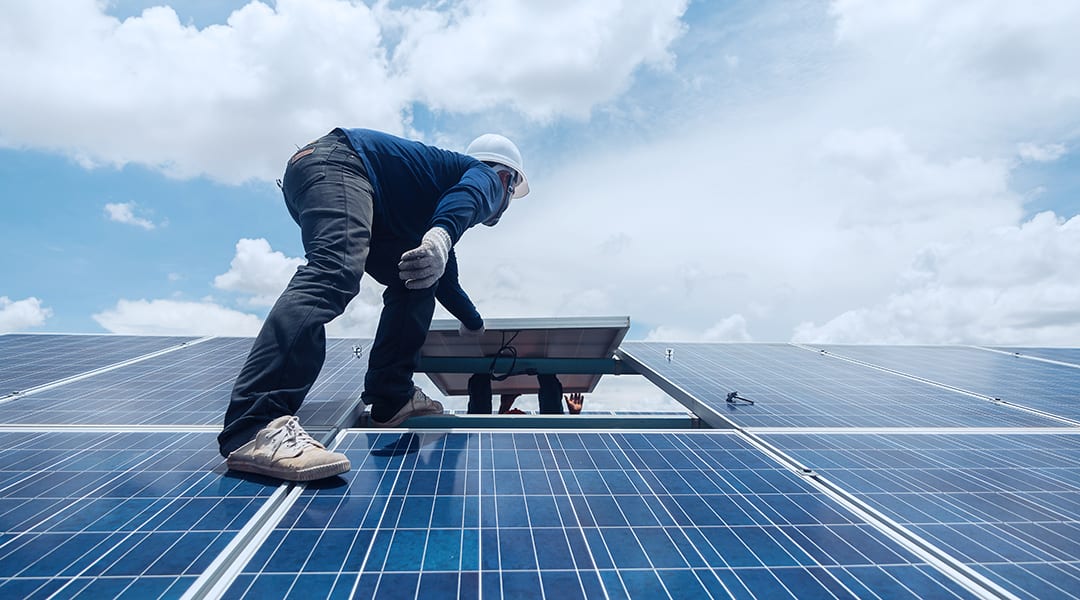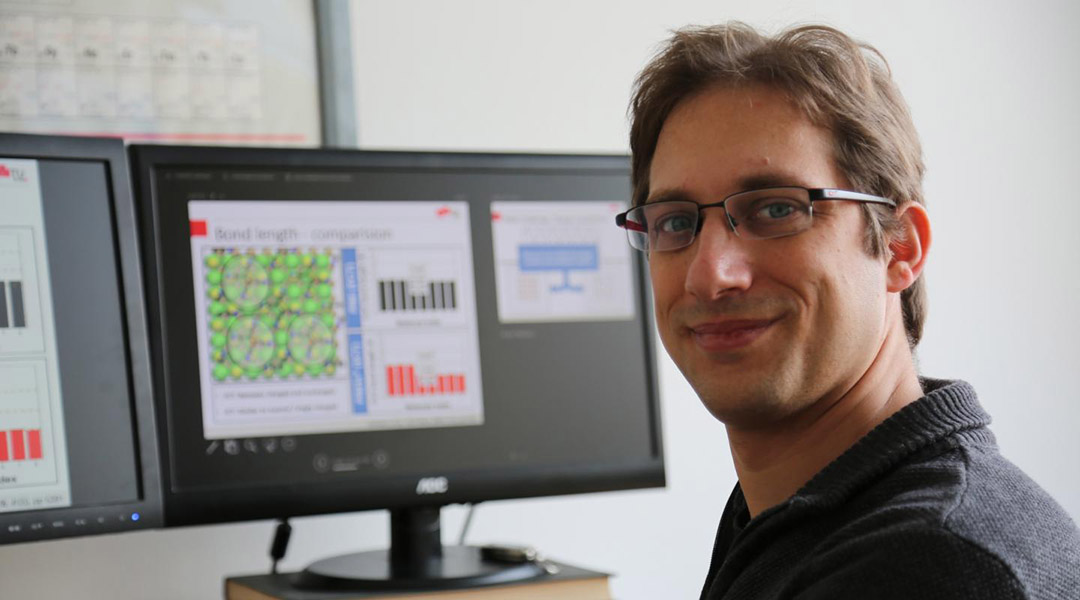An asynchronous and self-adaptive flyer can adjust the frequency and amplitude of its wings under specific external disturbances.


An asynchronous and self-adaptive flyer can adjust the frequency and amplitude of its wings under specific external disturbances.

A new machine learning algorithm called “Active Learning” could help identify the best materials for any desired application.

How ignoring the dynamics of the energy transition leads to overestimating transition cost and unjustified delay of climate action.

A new model helped researchers create a “nanotube color atlas”, which they use to predict the specific colors of 466 different single‐wall carbon nanotubes, revealing a broad spectrum of potentially achievable colors.

AI and robotics meet fluidics to accelerate materials development, allowing researchers to create quantum dots in under an hour.

Researchers publish an up-to-date and easy-to-access platform with a global scope.

The Swansea-based materials physicist talks about the role of energy materials in mitigating climate change, his love of sports, and how his passion for science helps it to blend seamlessly into his life.

The material physicist on having fun and enjoying research, accepting challenges as opportunities, and supporting young talent in the field.

A shadow-effect energy generator produces electricity from illumination contrast that arises when the device is partly placed in shadow.

Simulations at Graz University of Technology refute earlier theories on long-range charge transfer between organic and inorganic materials.